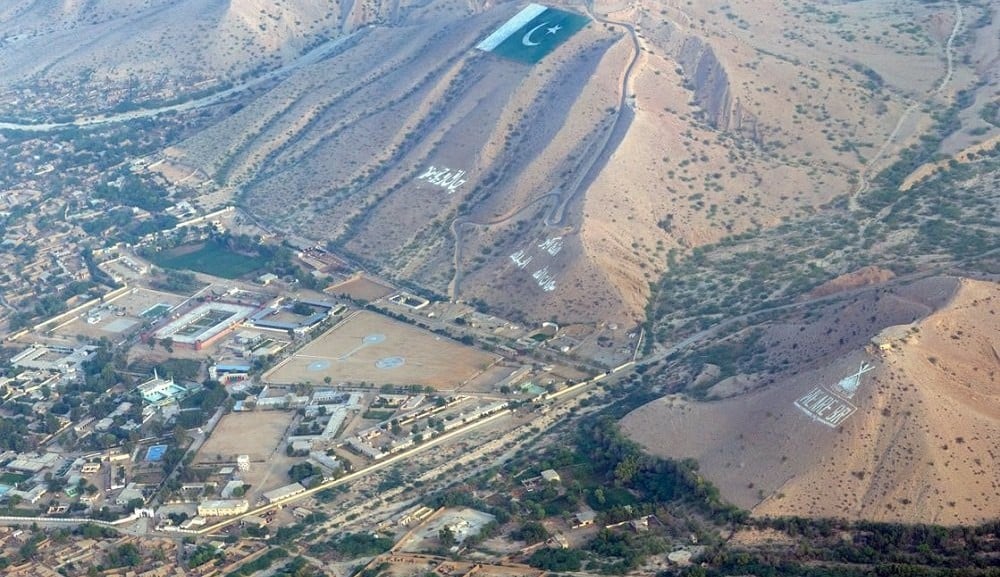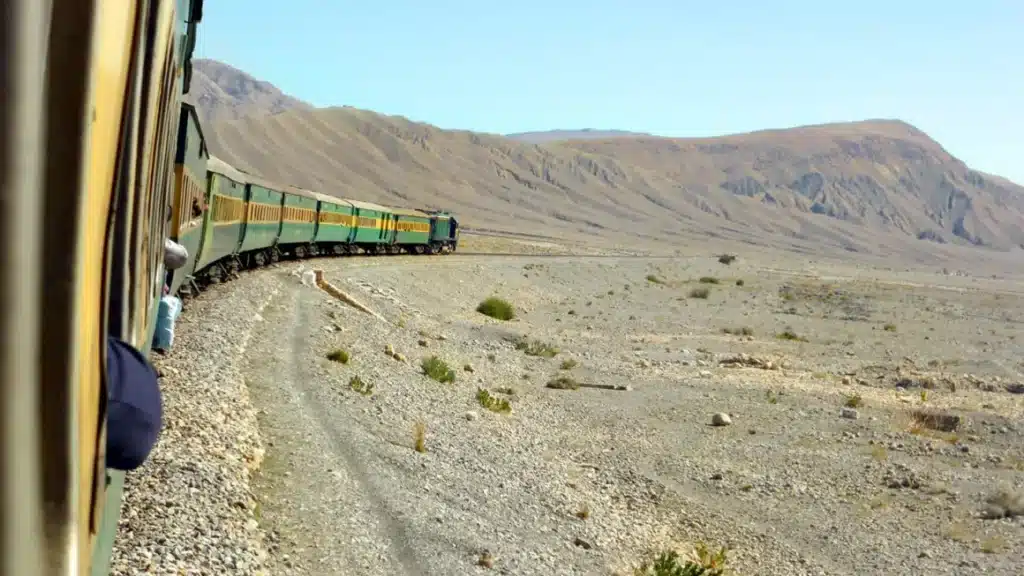DERA BUGTI: Security forces launched an operation in various parts of Balochistan, including Dera Bugti, to eliminate the Indian’s sponsored terrorists affiliated with the Balochistan Liberation Army (BLA).
The Bugti tribe has taken up arms against the India-backed Baloch Liberation Army (BLA), standing shoulder to shoulder with Pakistan’s security forces. Tribal lashkar and special service units are eliminating BLA terrorists in swift, coordinated operations.
Local armed groups have opened active fronts against the Fitna al Hindustan’s terrorists. In clashes with security forces, four terrorists, including a key BLA commander, Gehram alias “Sulhan,” were killed alongside his fighters. Traditional Bugti gunmen and Pakistan’s elite forces destroyed several militant hideouts. Trapped in mountain caves, remaining BLA fighters now face no route of escape.
Chinese CH-6 drones dominate the skies. Using thermal imaging, they strike at even the slightest movement. Ironically, this is the same technology that forced BLA to revise its strategy after the hijacking of the Jaffar Express in March. That same tech is now being used against them.
On the western border, joint patrols by Pakistan’s Frontier Corps and Iranian border guards have sealed all supply routes. Stranded BLA fighters now face both hunger and fear.
Last month, Beijing made a major geopolitical move. In a trilateral dialogue, China pressured Kabul to deny BLA access to Afghan soil. The Taliban responded by distancing themselves from cross-border attacks. Beijing reinforced this stance by linking future investment in Afghanistan to counterterrorism cooperation. Now, BLA faces closed doors in all directions—Pakistan in the east, Iran in the west, and Afghanistan’s harsh terrain to the north.
This is the same BLA that once targeted Chinese engineers, diplomats, and used female suicide bombers, hybrid takeovers, and high-value hostages. But in today’s Dera Bugti, these guerrilla tactics are failing. Last week, Pakistani forces recovered Russian-made Kornet-E anti-tank rocket launchers and Indian satellite phones—proof that Delhi still backs the group. But the battlefield is slipping from their hands.
Pakistan’s current strategy is not just military. It’s a full-spectrum, 360-degree counter-hybrid model. It includes tribal jirgas, communication blackouts, social media monitoring, and fast-track development projects. For the first time, BLA’s propaganda war is being challenged at the grassroots level. When tribal elders ask, “Whose war are you fighting?”—the gunman has no answer.
These clashes are not limited to one sector. They represent a larger security framework under CPEC. New concertina wire now lines the Iran border. Turkish drone technology is being discreetly shared. And China’s “investment or isolation” message to Afghanistan is clear.
The gunfire in Dera Bugti is more than a battle. It signals the fall of a terrorist network. It’s a real-time demonstration of the growing China-Pakistan security partnership. The BLA’s once-glorified narrative—wrapped in Marxist romance, tribal rights, and proxy diplomacy—is collapsing under internal rebellion and external pressure.
If this pace continues, the BLA could vanish by autumn, living on only in security journals as a failed case study. A combination of tribal geography, state resolve, and global economic alignment is erasing them from existence.
The echo of Kalashnikovs and tribal drums in Dera Bugti declare it clearly: the war is nearing its end. The India-backed insurgency is becoming history, and a new chapter has already begun: The End of the Balochistan Rebellion.





